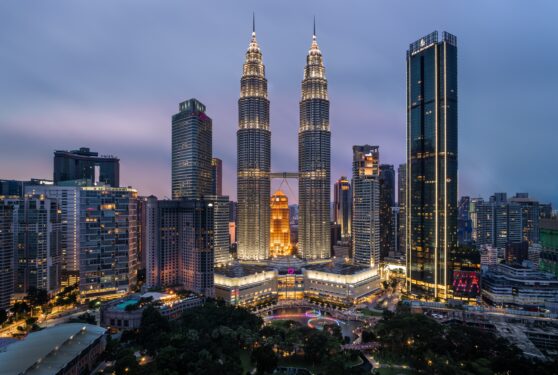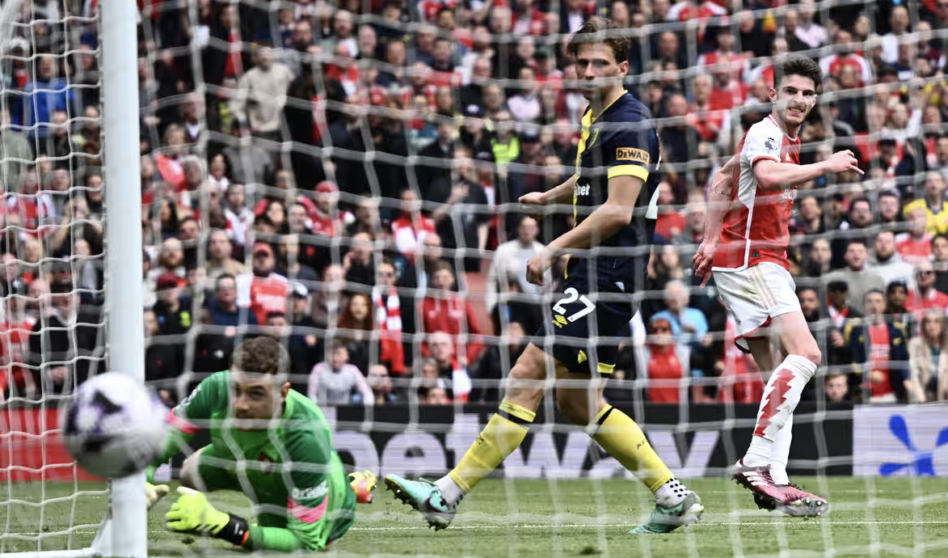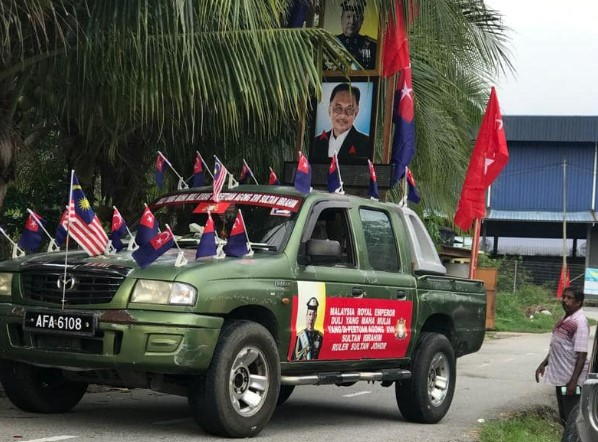UNLESS confined to our homes by choice or circumstance, we tend to go out daily. However, danger lurks the moment we step out of our front door.
Tragically, there have been too many reports of children, especially toddlers, being rolled over by cars reversing out of the house compound.
While driving, we should regularly look up at traffic far ahead and not just the vehicle in front. However, many motorists do not practise defensive driving, as can be seen when cars are tailgating or racing towards traffic lights showing red, only to be followed by hard braking to stop the car on time.
We ought to slow down immediately upon noticing that one or more drivers of distant vehicles have stepped on the brakes or changed lane. When traffic ahead is no longer flowing smoothly and the situation starting to turn chaotic, some drivers may drive erratically.
In heavy traffic, motorcyclists gleefully ride past and weave through whatever gaps they could find, not realising that they may not be spotted by motorists about to change lane. Many such accidents have occurred resulting in nasty injuries, with some losing their limbs or even their lives.
It is no surprise that motorbike users accounted for over 70% of road accident fatalities nationwide. For pedestrians, we are also exposed to many dangers that many are unaware of, or prefer to be nonchalant, especially when crossing a street or road.
For example, jaywalking is illegal in Malaysia if it is within 100 metres of a designated pedestrian crossing or overhead bridge. This is seldom enforced but some years ago, the police carried out an operation in Kuala Lumpur at Jalan Sultan Ismail between Sungei Wang Plaza and Lot 10.
The unlucky few that were summoned included Caucasian tourists that were merely following what the locals were doing, as in the proverb “When in Rome, do as the Romans do”. However, it was certainly not the best way to welcome visitors.
Dealing with accidents
When sidewalks are also occupied, often by hawker stalls, pedestrians are forced to walk on the streets meant for motor vehicles, exposing themselves to passing traffic and snatch thieves. But the bigger danger comes from reversing cars, particularly those parked perpendicularly.
Pedestrians must walk closely behind parked cars, lest they get knocked down by a passing vehicle. But then, drivers that have been waiting for many cars to pass will reverse out quickly the moment there is a gap in traffic and are unlikely to notice pedestrians walking towards the car from the other direction.
Hence, we should avoid walking in front, behind or at the side of cars, especially when there is a driver in the car with the engine running.
Motorists may feel safe when cocooned inside a car. If so, they are vulnerable the moment they step out of their vehicle. Sadly, too many drivers are oblivious to the risk of being carjacked.
Carjackers may be cruising to find a random victim. Once they have identified a suitable target, one or more accomplices would stoop low to give the impression that only the driver is in the car. The victim’s car will be rear-ended and naturally both drivers will stop and get down to inspect the damage.
If the engine of the victim’s car were to be left running, one of the accomplices would seize the opportunity to drive the car away. If not, the victim could be robbed by two or more armed men of his or her valuables, including the car key, before the vehicle is scooted away.
So, be wise, do not react naturally or instinctively after a collision, as an accident could be staged. Just stay in the car first to write down the registration number, and if possible, the make, model and colour of the other vehicle, plus the time, location and approximate speed of collision.
The same applies to “hit and run” accidents. There is no need to chase after the vehicle that has crashed into yours especially when the driver has decided to flee. A highspeed chase would put yourself and other road users in grave danger.
Even if you could successfully force the other vehicle to a stop, the confrontation between you and the driver is likely to turn violent at this stage.
Although the law requires motorists to stop after an accident, it would be wise not to stay put longer than necessary. When an injured pedestrian, motorcyclist or pillion rider is writhing in pain, bystanders could easily turn into an angry mob and assault the driver, regardless of whose fault.
When cars involved in accidents could still be driven, drive them to a safer spot to avoid causing traffic congestion on both sides of the road.
It would be wise to install dashcams to record traffic ahead, it would be wiser to add rear cameras, not just to record but also to monitor movement, as most vehicles are not equipped for drivers to have a clear view of people or objects behind, other than rear view and door mirrors.
In an argument, pointing a camera at someone to record for evidence is highly provocative. The act could easily trigger the offended to retaliate such as punching the camera away and a fight could ensue. Responding instinctively is foolish, and so is trying to reason with those who refused to be reasonable. – May 14, 2022
YS Chan is Asean Tourism Master Trainer for travel agencies, master trainer for Mesra Malaysia and Travel & Tours Enhancement Course. He is also a tourism and transport industry consultant and writer.
The views expressed are solely of the author and do not necessarily reflect those of Focus Malaysia.










